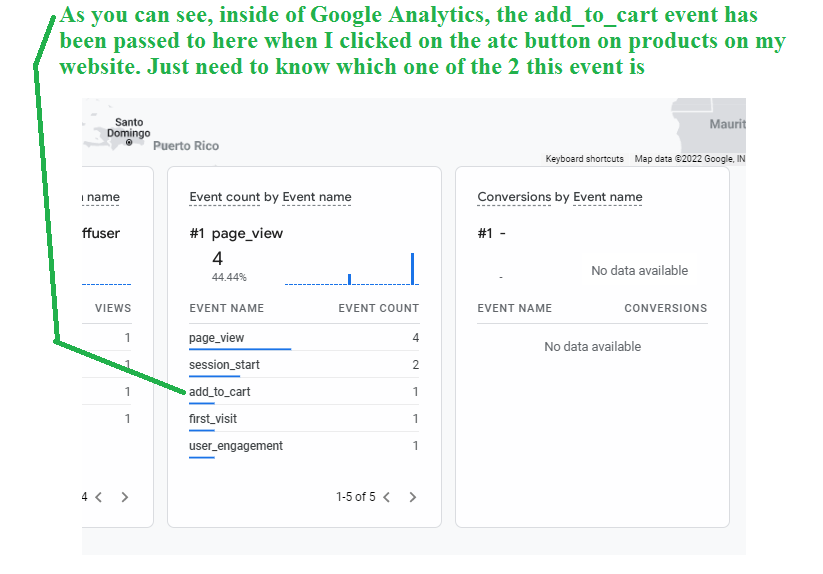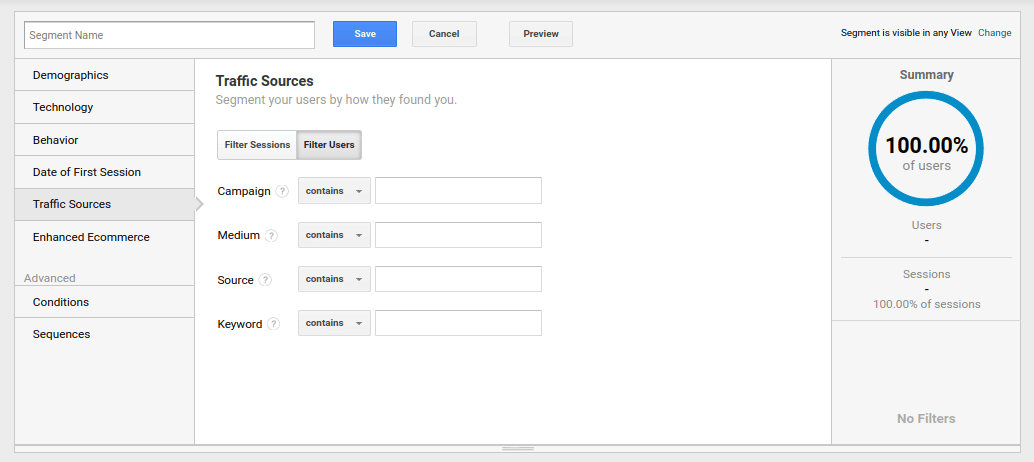Advanced Techniques for Remarketing In Google Analytics
Advanced Techniques for Remarketing In Google Analytics
Blog Article
Efficient Techniques for Remarketing in Google Analytics
In the world of electronic advertising and marketing, the realm of remarketing in Google Analytics stands as a crucial tool for businesses intending to boost their on-line existence and conversion rates. Through tactical target market division, customized remarketing lists, and engaging ad creatives, services can craft individualized projects that resonate with their target market. The true success lies in the ability to continually improve and optimize these methods based on performance metrics and data understandings. By checking out the subtleties of vibrant remarketing and leveraging sophisticated monitoring tools, businesses can open the complete potential of their remarketing initiatives, leading to increased brand name visibility and consumer involvement.
Audience Segmentation
Using audience division is a critical method in maximizing the effectiveness of remarketing campaigns within Google Analytics. By dividing your target market into unique teams based on their habits, demographics, or passions, you can tailor your marketing messages to be more appropriate and interesting. This technique permits you to supply customized advertisements to certain sections, raising the likelihood of conversion.

Moreover, audience division aids you comprehend the varying requirements and choices of different customer groups, allowing you to craft more engaging advertisement creatives and offers. This targeted method not only enhances the performance of your remarketing initiatives but also boosts general campaign performance.
Setting Up Remarketing Listings
To successfully apply remarketing techniques in Google Analytics, the initial step entails producing targeted remarketing lists based upon specific target market interactions. Establishing remarketing lists permits marketers to segment their web site visitors right into different classifications based on their habits, such as web pages checked out, products looked for, or actions taken on the website. By defining these sectors, marketing professionals can then produce customized and relevant advertisements that target these certain groups, raising the probability of conversion.
Remarketing lists can be set up using numerous requirements such as web page check outs, duration of check out, details goal completions, or even certain events set off on the internet site. This degree of personalization makes it possible for marketing professionals to tailor their promotions to match the rate of interests and choices of each segmented audience, bring about greater interaction and conversion rates.
Furthermore, remarketing checklists can additionally be developed based on data imported from various other sources like CRM systems, permitting also more accurate targeting. By establishing these targeted remarketing lists, marketing professionals can properly connect to possible consumers who have actually currently revealed passion in their product and services, maximizing the influence of their remarketing campaigns.
Developing Compelling Ad Creatives
After segmenting site site visitors into targeted remarketing checklists based upon details target market interactions, the following important action is to craft engaging ad creatives that resonate with each segmented team's interests and choices. The efficiency of remarketing campaigns heavily depends on the ability of these ad creatives to record the interest hop over to these guys of the audience and drive them to take the preferred action.
To produce engaging advertisement creatives, it is vital to understand the unique attributes of each segmented group (What Is “Remarketing” In Google Analytics?). Tailoring the messaging, visuals, and provides to align with the passions and choices of the target market can substantially enhance the opportunities of conversion. Making use of vibrant ads that immediately readjust material based on the customer's actions can additionally enhance the customization of the ad experience

Monitoring Performance and Optimization
Reliable monitoring of project efficiency and consistent optimization are essential facets of effective remarketing approaches in Google Analytics. To make certain the efficiency of remarketing campaigns, marketing professionals should regularly track crucial performance metrics such as click-through prices, conversion rates, and return on ad spend. By monitoring these metrics, online marketers can obtain important understandings right into the efficiency of their projects and recognize locations for renovation.
In Google Analytics, marketers can utilize devices like conversion monitoring and audience segmentation to examine the efficiency of their More Info remarketing campaigns. Conversion tracking enables online marketers to track particular activities that users take after clicking on a remarketing ad, giving beneficial information on the efficiency of the project in driving wanted outcomes. Target market segmentation, on the other hand, makes it possible for online marketers to separate their audience into various sections based upon numerous standards such as demographics, behavior, and rate of interests, enabling even more targeted and personalized remarketing initiatives.
Continual optimization is essential for optimizing the effect of remarketing campaigns. Marketing experts should use A/B testing to trying out various advertisement creatives, messaging, and targeting approaches to determine one of the most reliable approaches. By regularly assessing campaign efficiency data and making data-driven optimizations, marketers can guarantee that their remarketing campaigns are accomplishing the desired outcomes and driving conversions effectively.
Leveraging Dynamic Remarketing
Using vibrant remarketing can dramatically improve the importance and effect of targeted ads in Google Analytics. This advanced method allows marketers to reveal customized advertisements to individuals who have formerly seen their website or used their mobile application. By dynamically showing items or services that the customers have actually revealed rate of interest in, dynamic remarketing aids to maintain the brand fresh in their minds and encourages them to return to complete an acquisition.

Additionally, vibrant remarketing campaigns can be automated and optimized in real-time based upon performance data, ensuring that the ads remain effective and relevant. By leveraging dynamic remarketing in Google Analytics, advertisers can develop much more impactful and targeted marketing campaign that resonate with their audience and drive results.
Conclusion
In verdict, effective remarketing techniques in Google Analytics include target market division, targeted remarketing checklists, engaging advertisement creatives, performance surveillance, and dynamic remarketing. By concentrating on visit this page tailored advertisements, data analysis, and continuous optimization, services can boost conversion prices and drive engagement successfully. Leveraging tools like conversion tracking ensures that ads continue to be personalized and pertinent, bring about general success in remarketing initiatives.
Via strategic target market division, tailored remarketing lists, and interesting ad creatives, businesses can craft customized campaigns that reverberate with their target audience. Using dynamic advertisements that instantly adjust material based on the user's habits can also enhance the customization of the advertisement experience.
Conversion tracking permits marketing experts to track certain actions that customers take after clicking on a remarketing ad, supplying important information on the effectiveness of the project in driving wanted end results.Utilizing dynamic remarketing can substantially boost the significance and influence of targeted ads in Google Analytics - What Is “Remarketing” In Google Analytics?.In verdict, efficient remarketing strategies in Google Analytics involve target market segmentation, targeted remarketing listings, compelling ad creatives, performance monitoring, and vibrant remarketing
Report this page